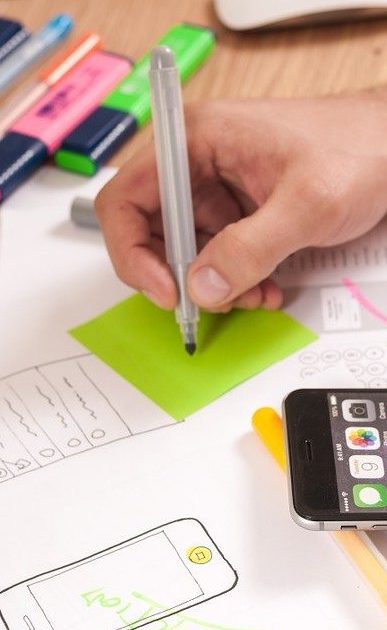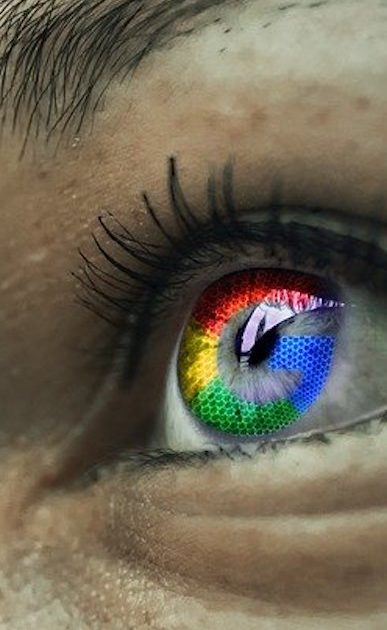RAPIDLY CHANGING HABITS – ADAPT THE CUSTOMER EXPERIENCE
Over the last few weeks, we have been fortunate enough to benefit from the heroic effort of all those people operating on the ‘front line’ in the fight against this virus. We should not underestimate the sacrifices that they have made to help others and we owe every one of them a huge debt of gratitude.
Now, in the last couple of weeks, we’ve seen some countries beginning to ease up on restrictions but despite this there is little sign there will be a quick return to normality anytime soon.
In fact, according to recent research, from insights firm GlobalWebIndex, almost half of respondents, globally, said they would not visit shops “for some time” or “for a long time”.
The research also highlighted that future behaviours will be centred around minimising risk, spending less time in public places and making greater use of services like home delivery and digital communication.
I remember, maybe four or five years ago highlighting to clients that (according to Gartner) customer experience will be the number one deciding factor in purchase decisions by 2020 – how poignant is that now given the results of this research.
All relationships have an emotional element which is built over time, nurtured by the various experiences across online and physical touchpoints, it is grounded in expectations, and confirmed through consistent interactions.
But, given the situation that we are currently enduring, how do brands/businesses manage and maintain a consistent customer experience?
Put simply, prepare for the changes in consumer behaviour, identify changing customer preferences and adapt the ‘journeys’ that matter to what will be a very different context.
Here are five points for companies to follow:
1. Demonstrate care and connection
What your customers care about right now has changed those brands that demonstrate care, honesty and empathy will, ultimately, win the trust of their customers.
More than ever, people want to be seen and understood, they are sensitive to tone and motive. Are you trying to sell them something — or are you trying to help them? Does your communication or brand feel authentic or caring — or simply self-serving?
Messages must be grounded in the ‘actual’ experience and needs of your customers and must be matched by the ability and credibility to deliver. Earning a customers’ trust now, and we’ll build connections that will last.
2. Blend virtual experiences with the human element
In recent years we have all been busy introducing new technology to help us automate experiences and create efficiencies, converting human interactions to digital. Ironically, we now need to be more human.
People still want, and need, that human touch, so brands need to think about how to build back in human element, be honest with customers about what has changed, and surprise and delight them with unexpected, caring gestures.
A simple example is to provide the option of a video call with a real person, even if that person is working from home. It demonstrates a willingness to invest time to help. The video creates a human connection, and the experience shows that the company cares, prioritising the quality of support over call-volume efficiency.
3. Engage with customers where they are
Despite the easing of some restrictions people are still nervous, previous ‘everyday’ activity that seemed simple a few short weeks ago, like a trip to the supermarket, are now deemed either difficult or risky.
Digital is now a necessity for most, adoption has grown significantly, even among “digitally resistant” customers. Customers need low-touch options digital-led experiences will continue to grow once the virus has been beaten.
Companies that are digitally agile and provide the facilities to help consumers now will establish a strong advantage for the future. For some, rapid development of digital functionalities will be key to ensuring business continuity.
4. Re-develop the experience for the post virus
We expect changes in consumer behaviour and business models to outlast the immediate crisis.
Customers will have become acclimatised to new digital or remote models, we can expect these consumers to switch permanently or, at the very least, increase their usage.
Essentially the expected behaviours that we may, or in some cases may not, have planned for prior to the crisis have become much more accelerated.
To be successful brands/businesses will need to deliver on the customer experiences that are emerging as most important in the “new normal”. Planning ahead is key.
5. Be agile for a fast-changing landscape.
The sooner that brands/businesses can fulfil experiences that match new consumer needs, the better off both will be.
By rapidly developing the time to apply new customer experiences to handle changing customer circumstances as well as accelerating the time to implement them requires agility across all business – but has long-lasting benefits.
This requires rapid research. Traditional methods such as surveys may not be enough, especially with demands changing, literally, by the hour. Fortunately, the surge in online activity provides a strong base of information, where we can identify customer needs in virtual real time.





It is vital that you recognise that your employees are YOUR ‘frontline’ heroes.
They are the most valuable source of information that is all too often overlooked. Yet, they deal with your customers every day, collect their feedback. Use this information to accurately understand the needs of your customers and how daily interactions are changing.
At Vault we’ve developed some unique strategic models and workshops to help you develop your customer experience for now and for the future.
If you need some support to help you prepare for the ‘new normal’ why not get in touch? We’d be delighted to help.


